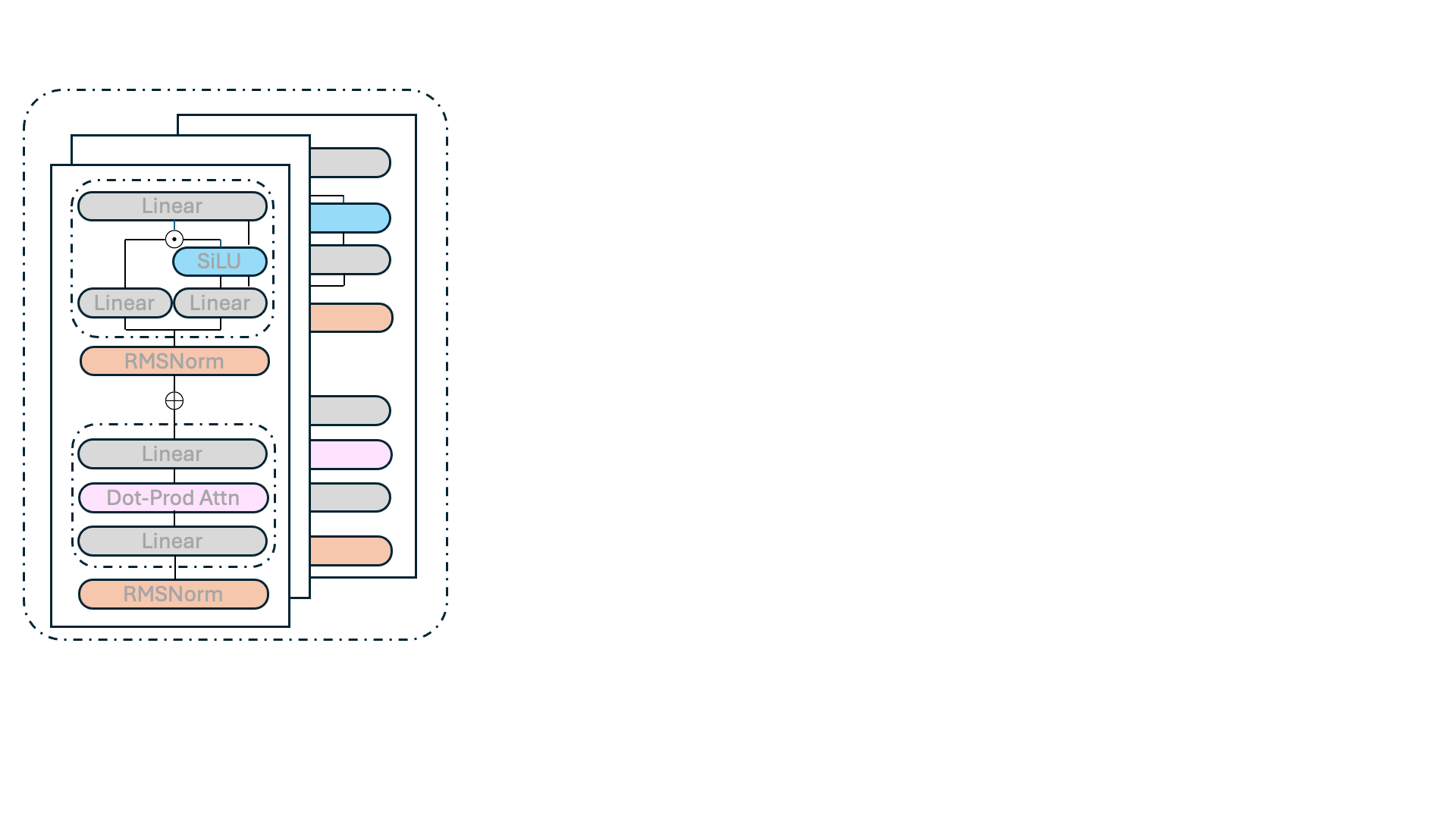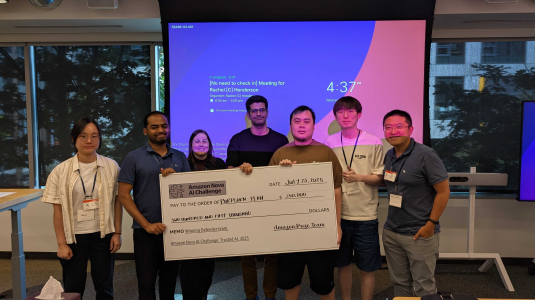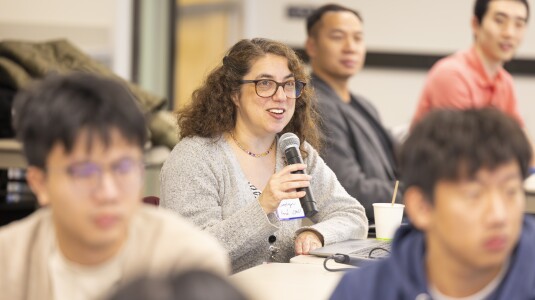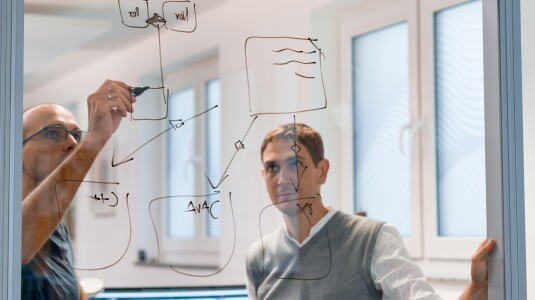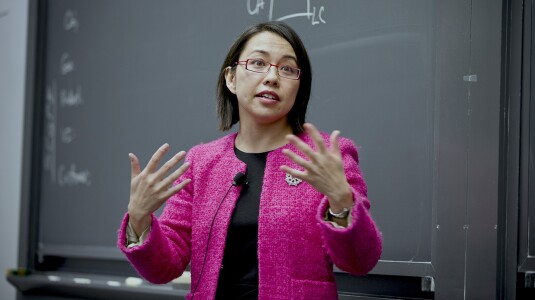Customer-obsessed science
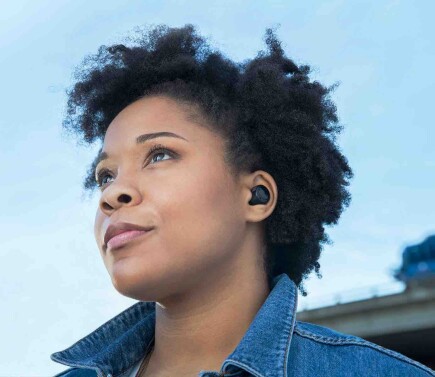
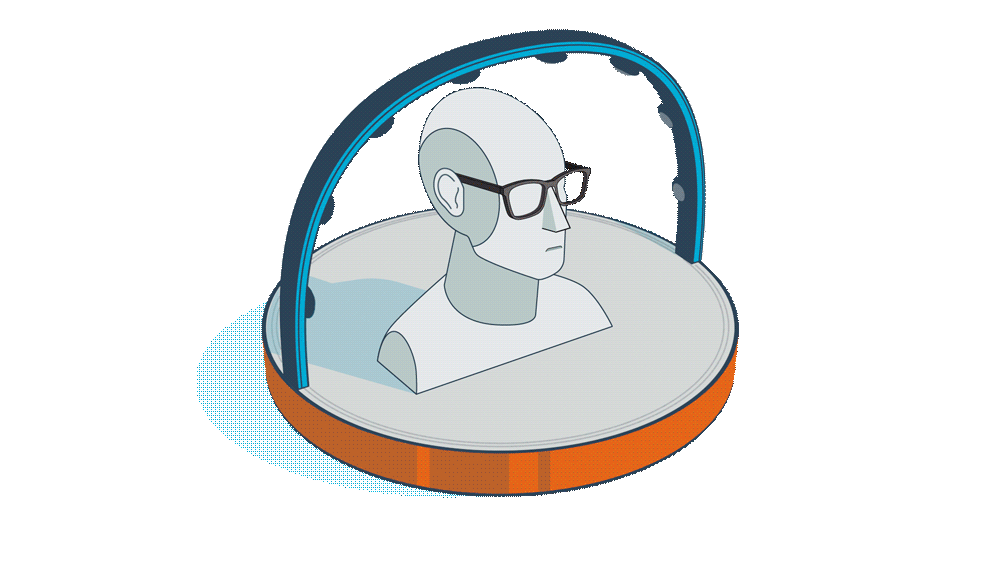
Research areas
-
August 8, 2025A new philosophy for developing LLM architectures reduces energy requirements, speeds up runtime, and preserves pretrained-model performance.
Featured news
-
2024Most multimodal large language models (MLLMs) learn language-to-object grounding through causal language modeling where grounded objects are captured by bounding boxes as sequences of location tokens. This paradigm lacks pixel-level representations that are impor- tant for fine-grained visual understanding and diagnosis. In this work, we introduce GROUNDHOG, an MLLM developed by grounding Large Language
-
2024Retrieval Augmented Generation (RAG) is emerging as a flexible and robust technique to adapt models to private users data without training, to handle credit attribution, and to allow efficient machine unlearning at scale. However, RAG techniques for image generation may lead to parts of the retrieved samples being copied in the model’s output. To reduce risks of leaking private information contained in
-
2024Large Language Models (LLMs) have shown great ability in solving traditional natural-language tasks and elementary reasoning tasks with appropriate prompting techniques. However, their ability is still limited in solving complicated science problems. In this work, we aim to push the upper bound of the reasoning capability of LLMs by proposing a collaborative multi-agent, multi-reasoning-path (CoMM) prompting
-
2024Grounded text generation, encompassing tasks such as long-form question-answering and summarization, necessitates both content selection and content consolidation. Current end-to-end methods are difficult to control and interpret due to their opaqueness. Accordingly, recent works have proposed a modular approach, with separate components for each step. Specifically, we focus on the second subtask, of generating
-
2024Open-world detection poses significant challenges, as it requires the detection of any object using either object class labels or free-form texts. Existing related works often use large-scale manual annotated caption datasets for training, which are extremely expensive to collect. Instead, we propose to transfer knowledge from vision-language models (VLMs) to enrich the open-vocabulary descriptions automatically
Academia
View allWhether you're a faculty member or student, there are number of ways you can engage with Amazon.
View all


















